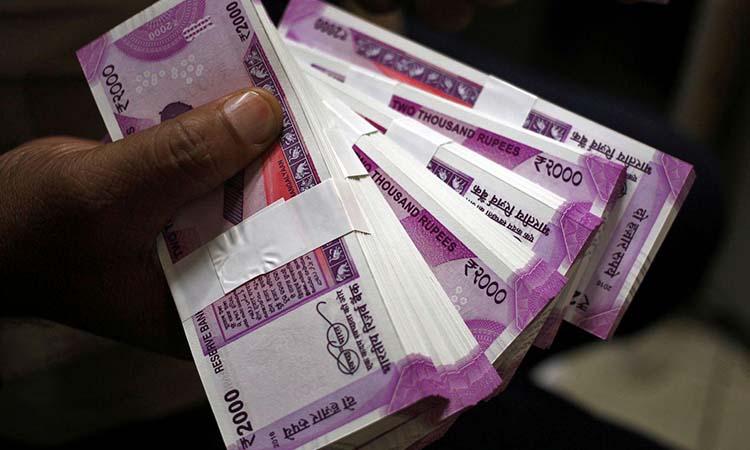After falling steadily from 2014-2019, households savings got an unlikely boost of $200 billion in extra savings thanks to the COVID-19 lockdown. The sudden surplus in savings reached a 20-year high as well.
However, a vast portion of this surplus is in cash only. The total savings soared by a whopping 135 per cent during the lockdown months, a report by UBS said, adding now household savings constitute as much as 58 per cent of the gross capital formation while that of corporates is only 32 per cent.
The side-effects of lockdown resulted in expenditure cuts which translated into excessive savings by households all over the country. The sum of this savings accumulated into 200$ billion savings in financial assets, which is as a percentage of GDP is close to the peak seen a post-global financial crisis of 2008-09 and is still growing and is granular and broad-based, and not concentrated in the hands of the rich, according to analysts at UBS Securities India Sunil Tirumalai and Dipojjal Saha.
Household savings have been a crucial part of the economy funding a third of the capital formation. Before rising steadily from 2019 end, financial surplus remained stable for the last seven to eight years.
Savings flowing into equity markets have picked up, but remain less than 5 per cent of the total savings. But this 5 per cent is much higher than the FPI inflows in the past two years combined, which jumped 25 per cent on-year in 2020.
This coupled with a steady drop in household borrowings since the ILFS crisis has meant that their net financial surplus is almost at a two-decade high. As a result, wealth is also close to multi-decade highs - with negligible help from asset appreciation, the report said.


















